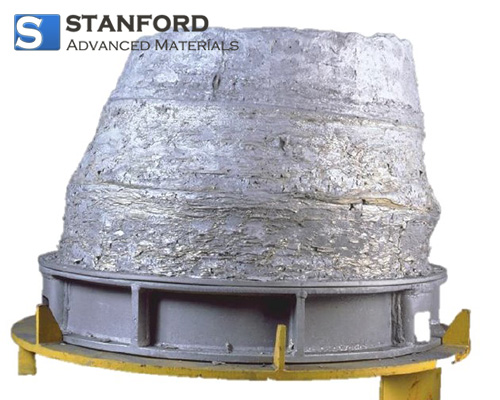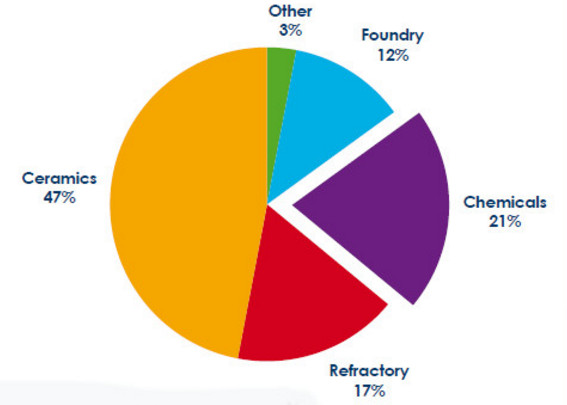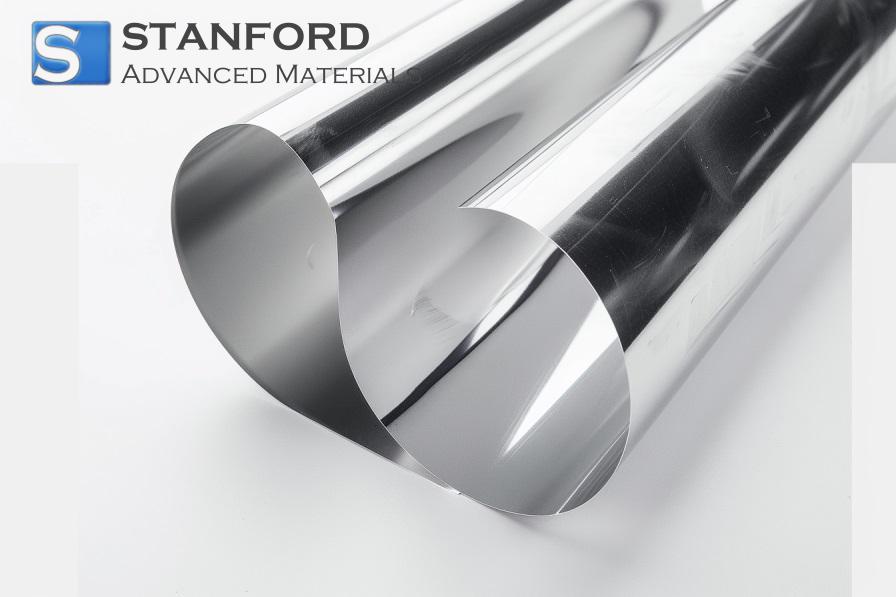The Application Of Zirconium Products
What is Zirconium?
Zirconium, with the chemical symbol Zr and atomic number 40, has a melting point of 1 852°C. It belongs to the group of metals with high melting points. It absorbs oxygen from the air and forms an oxide film that exhibits a silver-white colour.

What applications exist for zirconium compounds?
Zirconium compounds are principally used in industrial production in the forms of zirconium silicate, zirconium carbonate, zirconium oxychloride and zirconium dioxide. The principal component of zircon sand is zirconium silicate. Following grinding, sintering and powdering, zircon sand is processed into a ceramic glaze. This glaze exhibits chemical stability and remains unaffected by the ceramic sintering atmosphere; consequently, it improves the hardness of the ceramic body. It is frequently applied in construction ceramics, sanitary ceramics and the general pottery industry.
Zirconium carbonate is an important raw material for the textile and paper industries. It is used as a surface aid during paper production. In addition, it is employed as an additive and impregnation agent in the cosmetics sector.
Zirconium oxychloride is utilised in the production of rubber additives, metal surface treatment agents and paint driers. Zirconium dioxide and composite zirconium dioxide ceramics can withstand high temperatures and maintain stability. They do not react with alkaline or most acidic solutions and are suitable for manufacturing ceramic crucibles and other precision ceramics.

What applications exist for pure zirconium metal?
Pure zirconium metal is categorised by industrial, firearms and nuclear quality. In practice, it is mainly available as zirconium sponge. Industrial zirconium metal is primarily used for the manufacture of corrosion-resistant equipment such as pumps, heat exchangers, valve pipes and nozzles. Zirconium wire is used in the production of grid plate supports and cathode holders.
Zirconium performs deoxidation, denitrification and desulphurisation. It is added to metal alloys to increase hardness and strength. For instance, armour steel for armoured vehicles and tanks typically includes zirconium. In the case of high-voltage wires, copper wire containing zirconium is preferred given that it increases the melting point without compromising conductivity.
Firearm-capable zirconium sponge powder
Firearm-capable zirconium sponge powder is highly inflammable and is primarily used for the manufacture of fire-triggering materials, flash powder and military propellants. Zirconium of nuclear quality is produced to a higher purity level. It is an important strategic military metal, used in the manufacture of structural materials and components for aircraft carriers, submarines and power generation reactors.

 Bars
Bars
 Beads & Spheres
Beads & Spheres
 Bolts & Nuts
Bolts & Nuts
 Crucibles
Crucibles
 Discs
Discs
 Fibers & Fabrics
Fibers & Fabrics
 Films
Films
 Flake
Flake
 Foams
Foams
 Foil
Foil
 Granules
Granules
 Honeycombs
Honeycombs
 Ink
Ink
 Laminate
Laminate
 Lumps
Lumps
 Meshes
Meshes
 Metallised Film
Metallised Film
 Plate
Plate
 Powders
Powders
 Rod
Rod
 Sheets
Sheets
 Single Crystals
Single Crystals
 Sputtering Target
Sputtering Target
 Tubes
Tubes
 Washer
Washer
 Wires
Wires
 Converters & Calculators
Converters & Calculators
 Write for Us
Write for Us



 Chin Trento
Chin Trento



